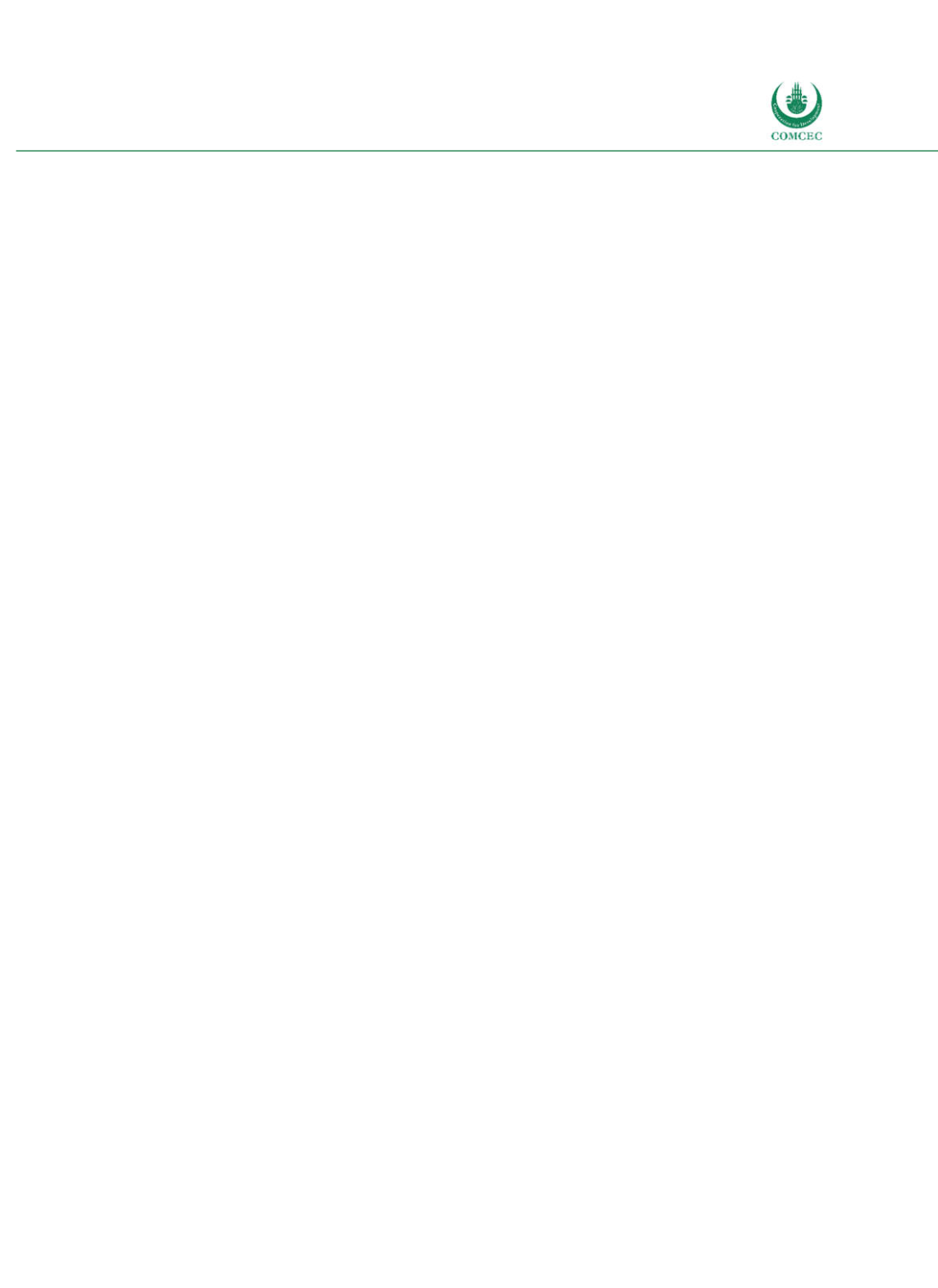

Improving Public Debt Management
In the OIC Member Countries
135
4.1.10
Islamic Republic of Iran
A) Public Debt Dynamics
General government debt of the Islamic Republic of Iran is at a moderate level compared to
other OIC member countries. However, between 2006 and 2015 the debttoGDP ratio
increased from 12.5% to 17.1% (see Figure 429). After a temporary decline in 2011, the debt
ratio rose sharply from 8.9% to 16.8% of GDP in 2012. The increase may be attributed to largescale social housing projects, and an injection of public revenues into the construction sector.
Following the hold of many infrastructure projects and the expansion of the taxation system in
the aftermath of declining oil prices, general government debt is expected to remain relatively
stable, increasing only slightly to 17.7% of GDP in 2017. The IMF (2015a) even expects a
decline of the debt ratio if arrears are settled. General government net debt fluctuated between
2.8% of GDP in 2008 and 5.8% of GDP in 2012. Overall, general government net debt is
expected to stabilize at around 3% of GDP. Estimations have put contingent liabilities through
trade financing of domestic banks of 7 percent of GDP ($9.2 billion) in March 2014 (Bova et al.
2016).
Between 2006 and 2011, Iran’s budget balance was positive, but the budget surplus became
smaller over time. Iran experienced an economic downturn following the sanctions imposed
by the United Nations, the United States and the European Union (EU) in 2010 and 2012 (IMF
2014, 2015a). In particular, the intensification of sanctions imposed by the EU in 2012
(External Action Service 2012) gave rise to a drop in economic activity. The decline of oil
prices starting in 2014 and the related decline in oil revenues have also contributed to
increasing deficits (Mojarrad 2015). Net borrowing reached its maximum at 2.9% of GDP in
2015. As the UN sanctions are scheduled to be lifted step by step (UN Security Council 2015),
primary net lending is expected to narrow and supposed to stabilize at around 1% of GDP,
while net lending is expected to stabilize at around 1.5% of GDP in 2017. Budget consolidation
is a result of increasing domestic revenues and the impact of a subsidy reform approved in
2010 (Mojarrad 2015). Debt service costs started to increase in 2014, coming along with the
increase in general government net debt. In general, the relief of economic sanctions in Iran
provides a wide range of opportunities for economic improvement in Iran, which may be
strengthened by accompanied structural reforms (see also Versailles 2016). The government
has been especially active in deregulating the electricity, gas and oil markets since 2005. In any
event, electricity and gas and oil industries remain vulnerable to exchange rate fluctuations
and are in need for modernization investments.
















